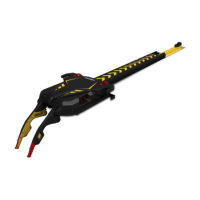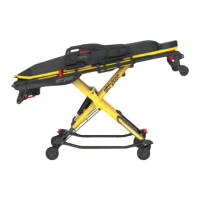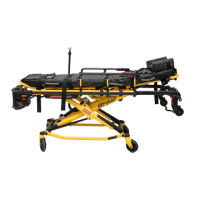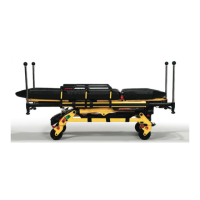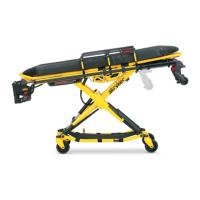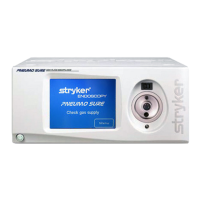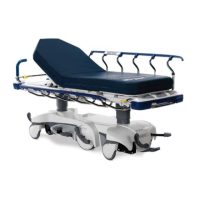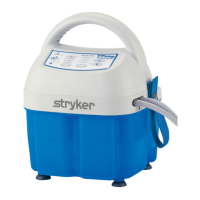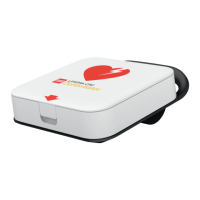FFiigguurree 55 –– MMaattcchh tthhee rreedd aanndd bbllaacckk wwiirreess
FFiigguurree 66 –– RRuunn tthhee wwiirree aalloonnggssiiddee tthhee aanncchhoorr
k. Guide the transfer back to the transport position. Do not pinch the wire between the anchor and transfer.
l. Restore vehicle power and turn PPoowweerr--LLOOAADD on.
m. Make sure that the trolley and cot batteries begin to charge.
n. Using a multimeter, check the anchor-to-vehicle cable voltage (Figure 7). See the table in step 3 to determine any
charging-related issues.
FFiigguurree 77 –– CChheecckk tthhee ccooppppeerr wwiirree vvoollttaaggee
5. Repeat steps 1-4 for each use case to make sure that you resolved the problem.
CChheecckkiinngg tthhee iinndduuccttiivvee pprriimmaarryy bbooaarrdd
Use the two status LED indicators on the inductive primary board (639002010147) (located inside the anchor) to help
troubleshoot charging-related issues.
CCoommpplleettee tthhee ffoolllloowwiinngg pprroocceedduurree ffoorr eeaacchh uussee ccaassee::
• Running vehicle with shore power disconnected
• Vehicle off with shore power connected
• Vehicle off with shore power disconnected
• Any other scenarios that may affect incoming voltage
1. Pull the trolley and transfer out of the vehicle.
EN 30 6390-309-002 Rev AB.0
